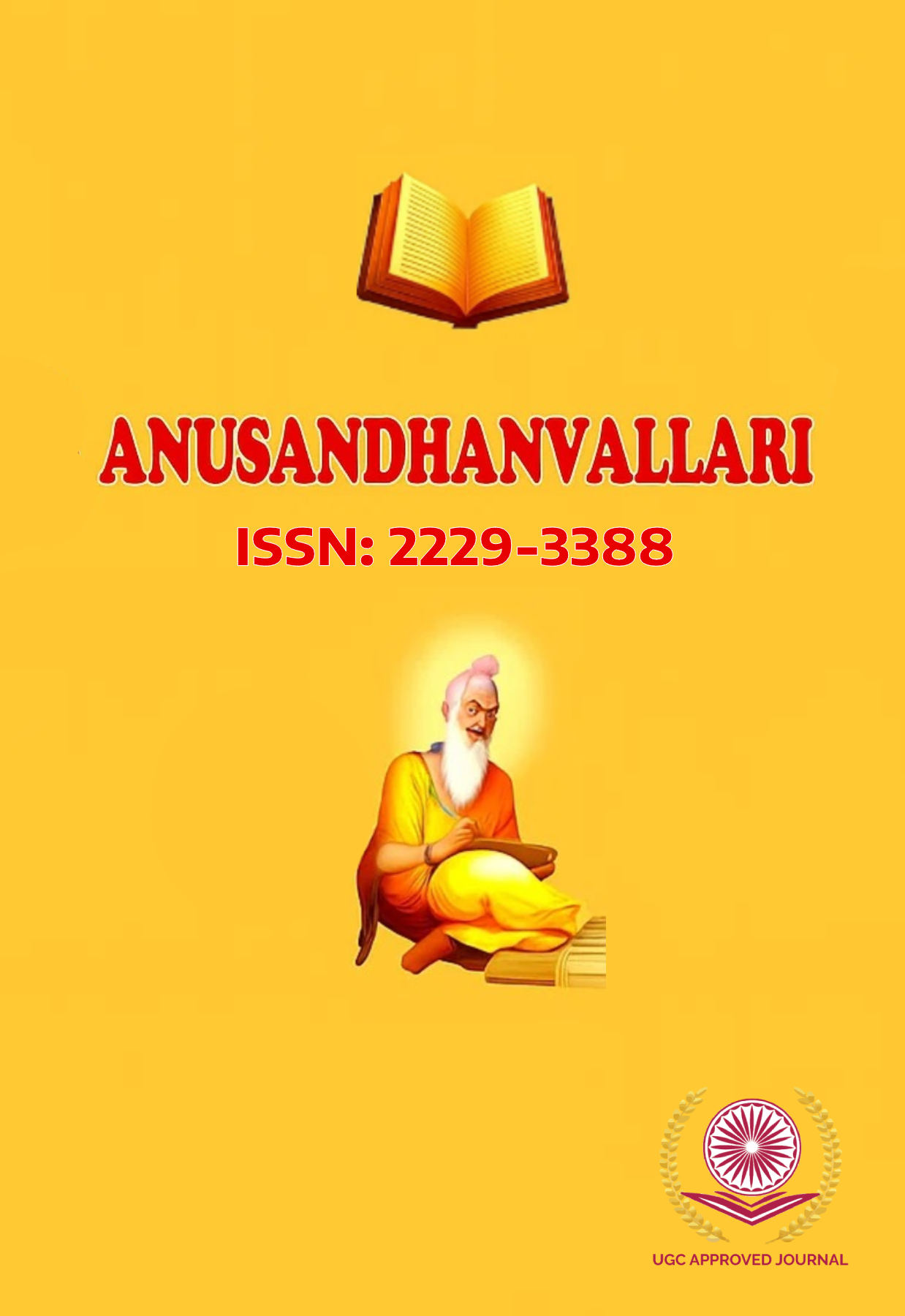An Analysis of Gendered Language Use in Contemporary English Literature
Main Article Content
Abstract
This study explores the nuanced patterns of gendered language in contemporary English literature, aiming to understand how linguistic choices reflect, reinforce, or challenge societal gender norms. Drawing from a diverse corpus of literary texts published between 2000 and 2025, the research employs both qualitative and computational linguistic methods to examine how male and female characters are portrayed through language, as well as how authors of different genders utilize language in character development, narrative voice, and dialogue.
The analysis focuses on key linguistic markers such as pronoun usage, emotional vocabulary, agency-related verbs, and descriptors related to appearance and intellect. Texts were selected across multiple genres—including literary fiction, young adult novels, and contemporary drama—to ensure a comprehensive overview of modern literary trends. Natural Language Processing (NLP) tools were used to quantify and visualize differences, while close reading techniques provided deeper insights into context-specific usage.
Preliminary findings indicate that while some stereotypical patterns persist—such as female characters being more frequently associated with emotive language and passive constructions—there is also evidence of deliberate subversion, particularly in works by female and non-binary authors. Moreover, gendered language appears to be genre-sensitive, with literary fiction exhibiting more progressive portrayals compared to commercial genres.
This research contributes to ongoing discussions in gender studies, sociolinguistics, and literary criticism by offering a data-driven yet interpretative lens through which to evaluate gender representation in literature. It also highlights the evolving role of literature as both a mirror and molder of cultural attitudes toward gender, suggesting the need for continued critical engagement with how language shapes identity and power dynamics in narrative forms.

